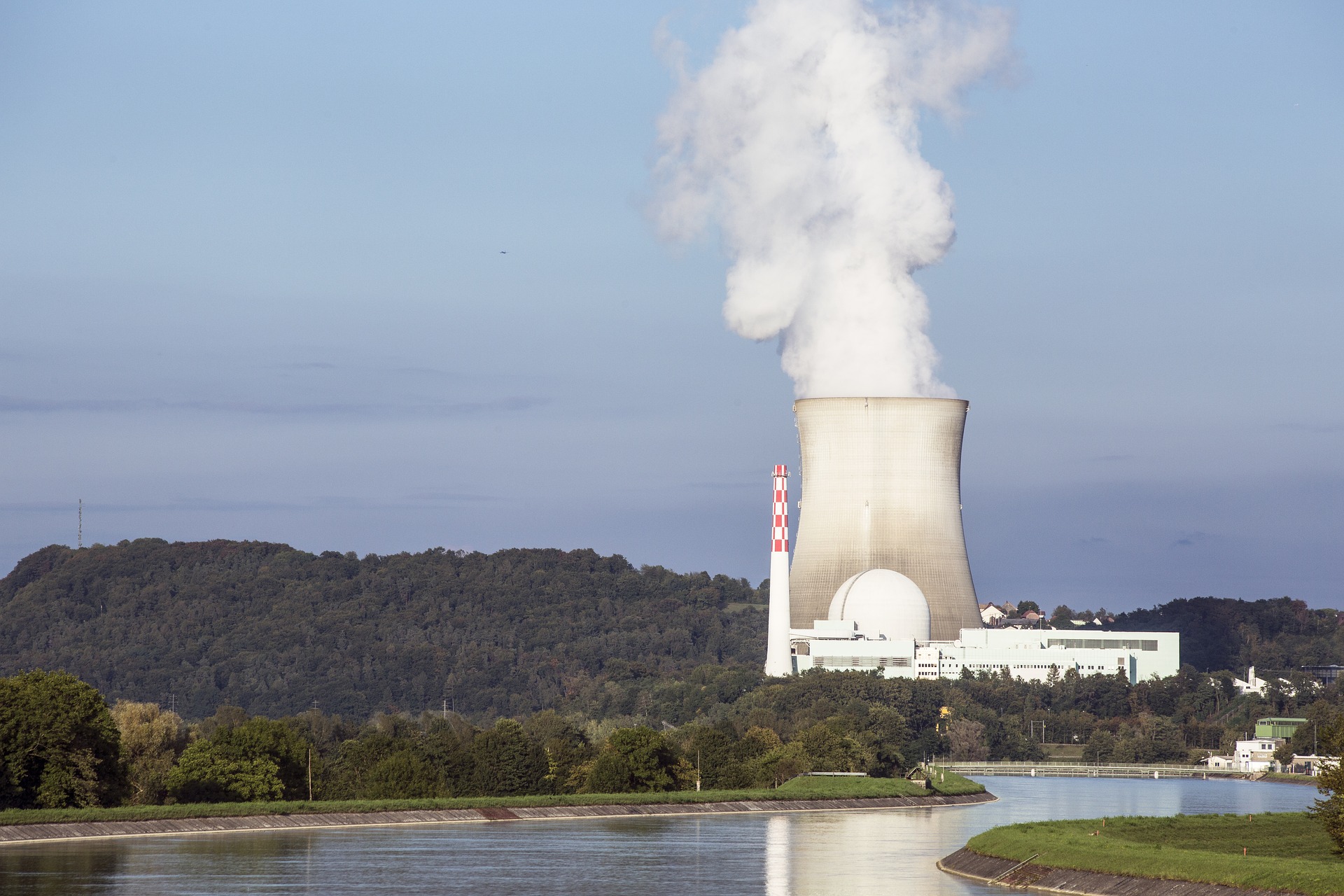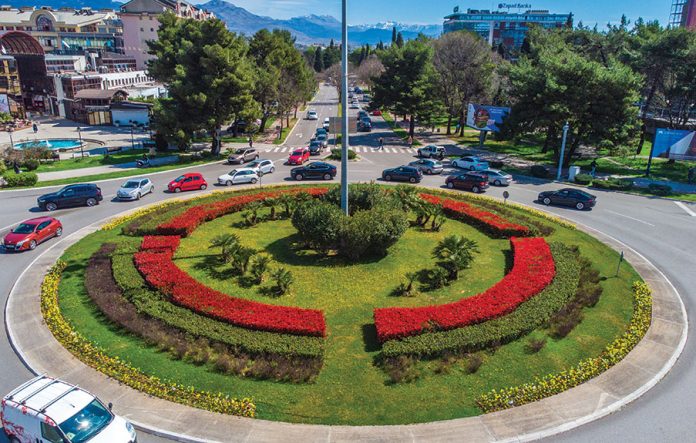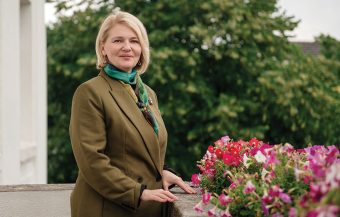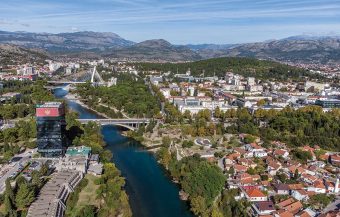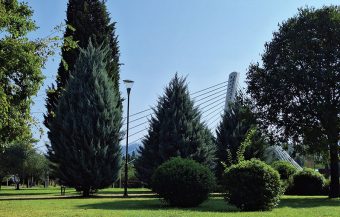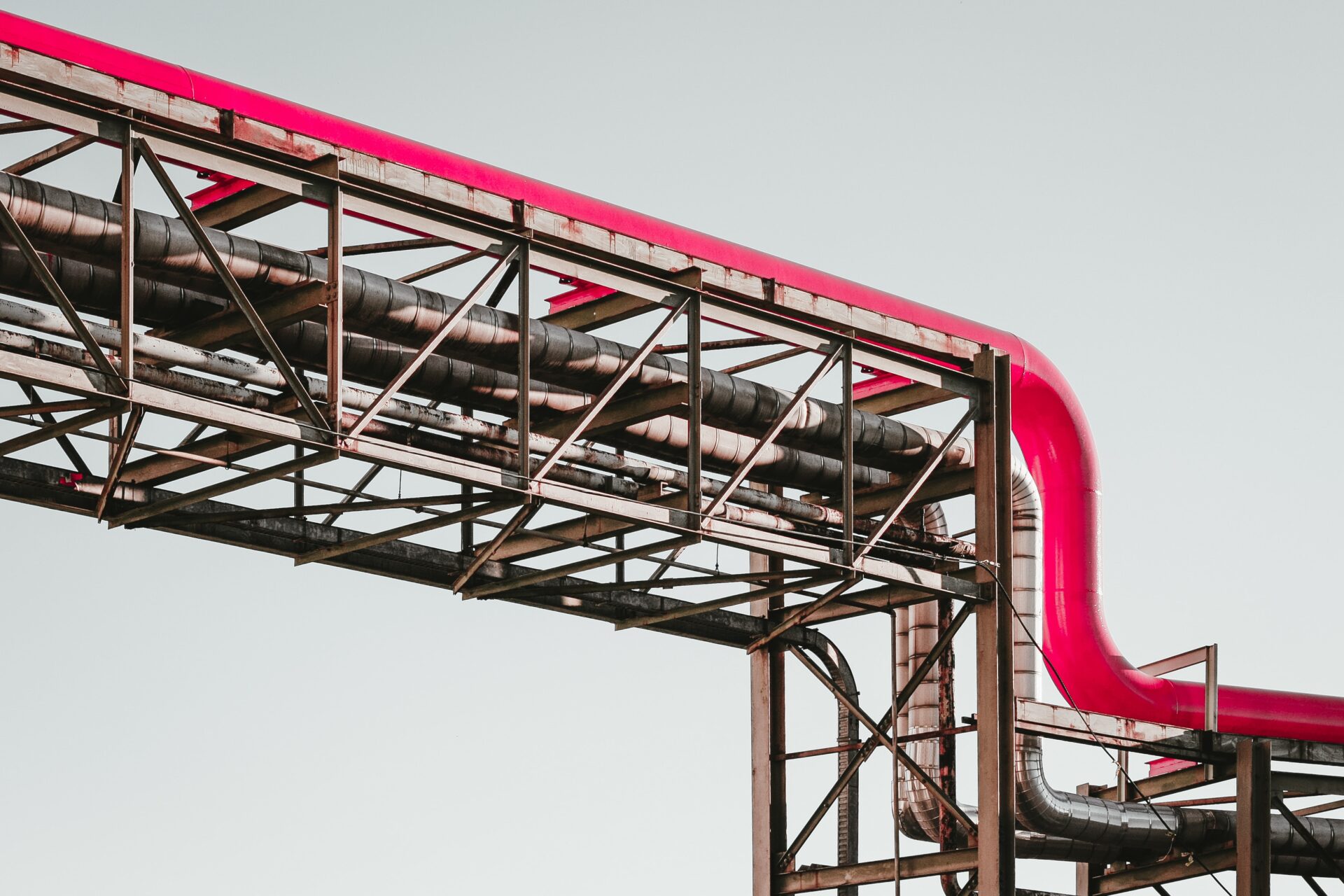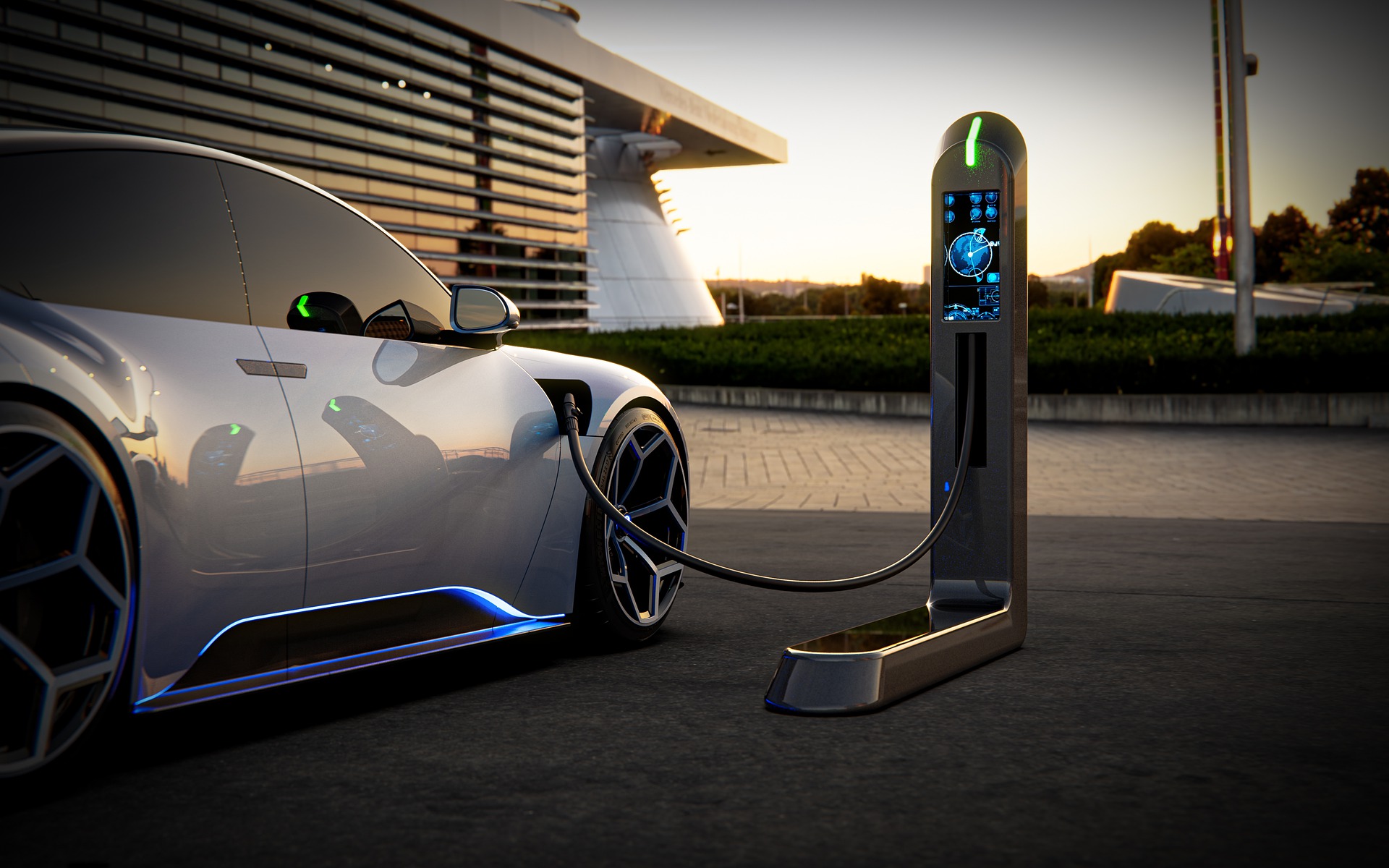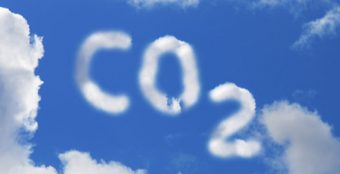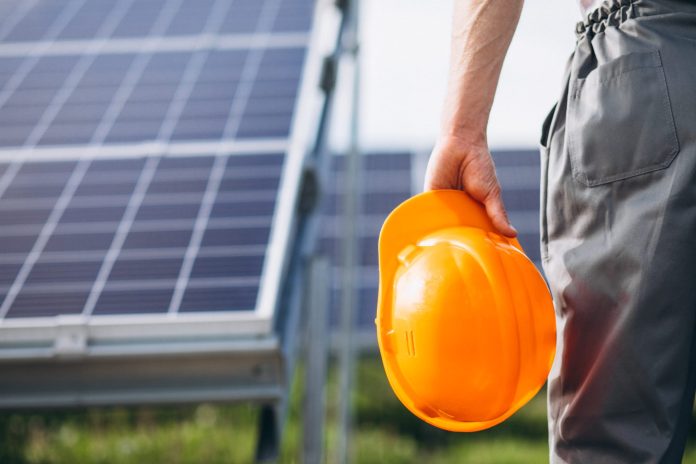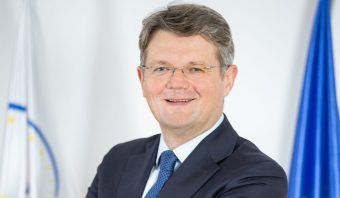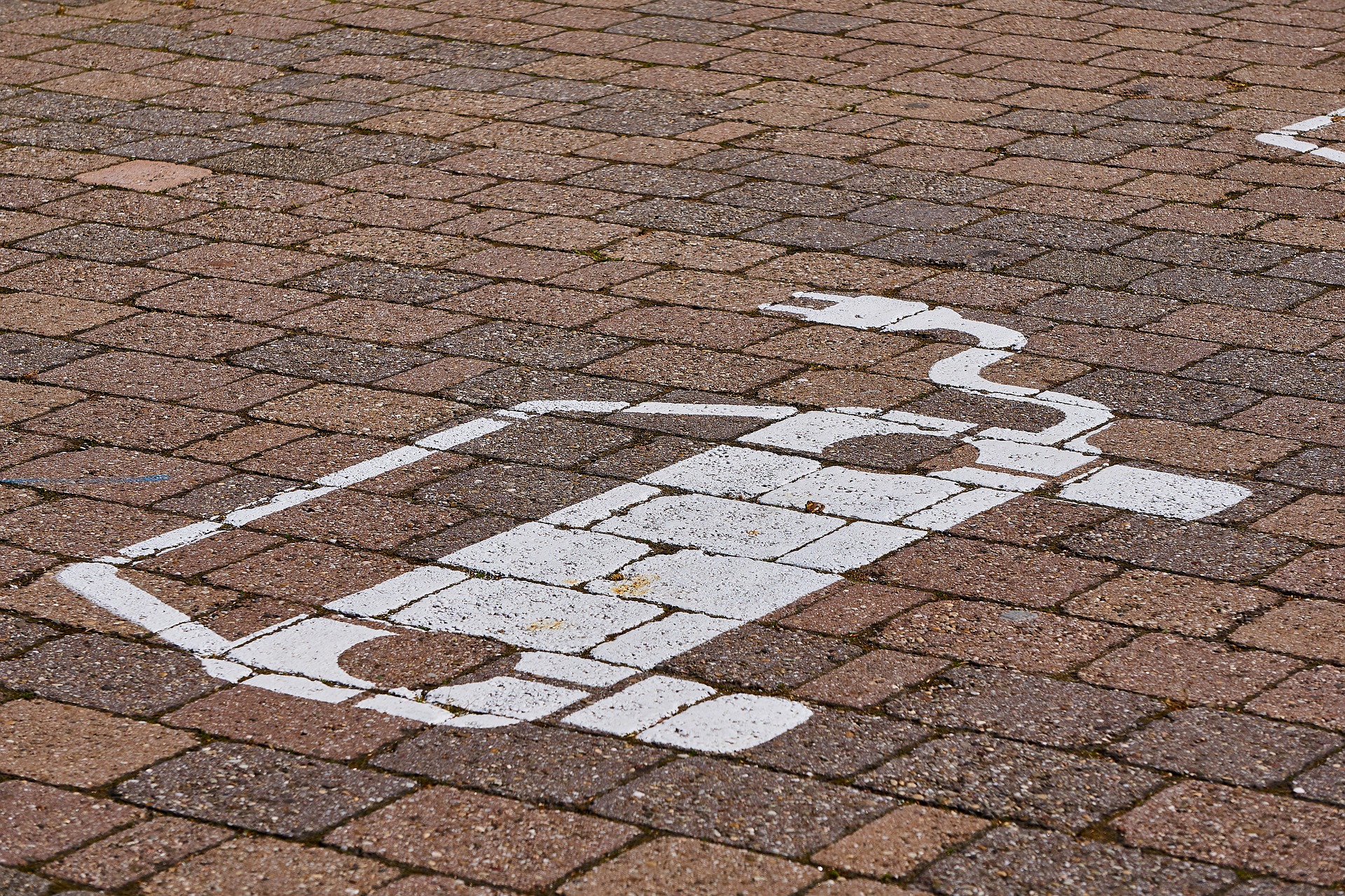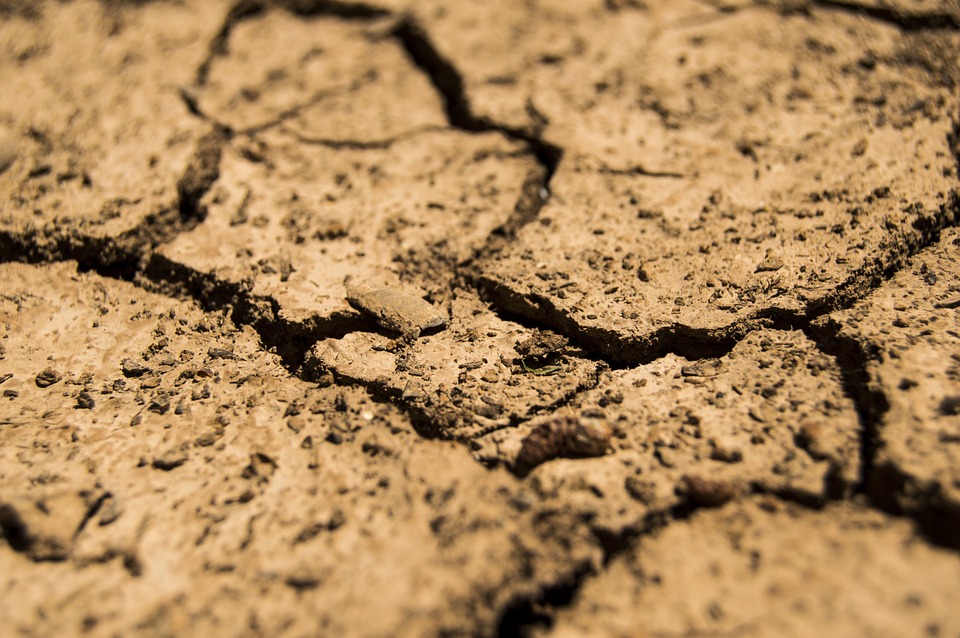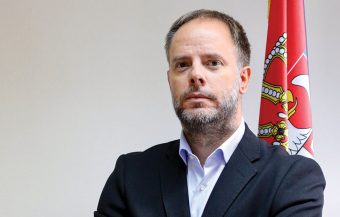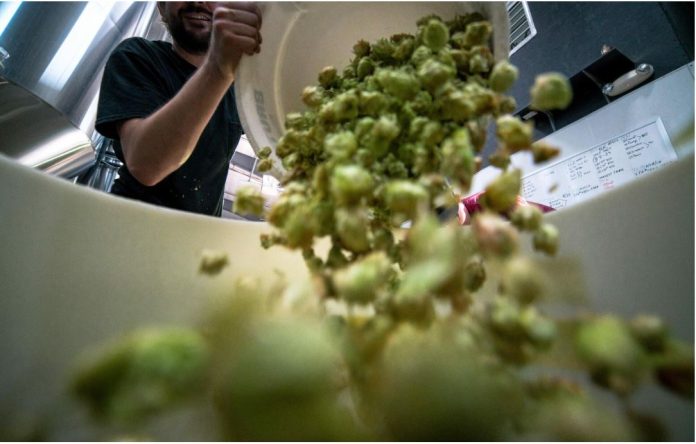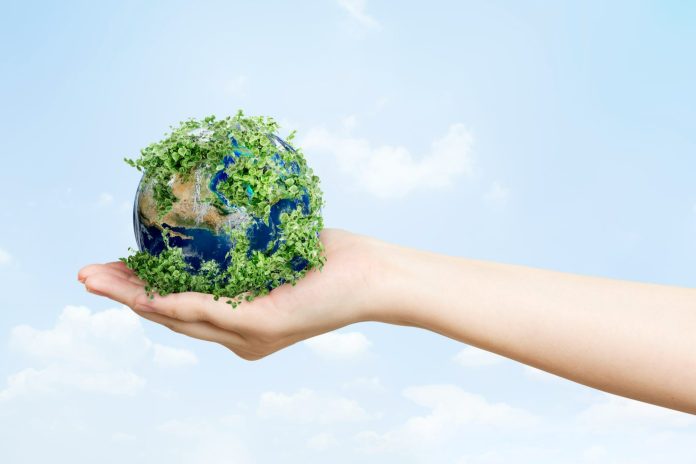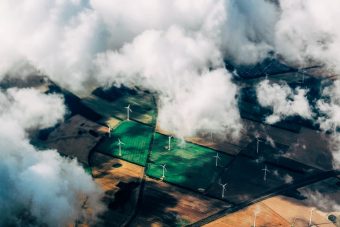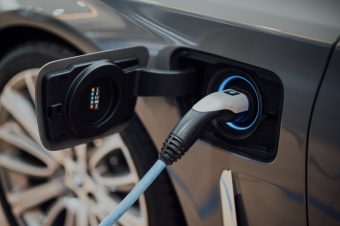Bulgaria and the United States have announced the expansion of an intergovernmental agreement on energy cooperation, which will include the construction of a new nuclear power plant in Kozloduy, as well as the development of Bulgaria’s civil nuclear program. This initiative follows talks between Bulgaria’s Minister of Energy Vladimir Malinov and Geoffrey Pyatt, the U.S. Assistant Secretary of State for Energy Resources.
The goal of the expanded agreement is to further deepen bilateral cooperation between the two countries, particularly in the areas of renewable energy sources (RES), oil, and natural gas.
“We have built trust through successful cooperation, and we are confident that joint efforts will bring stability and energy security not only to Bulgaria but to the entire region,” Minister Malinov stated.
One of the key topics of the meeting was the initiative for the Vertical Gas Corridor, a project of strategic importance for the energy security of Southeast Europe. Project activities are currently underway for the construction of new infrastructure in Bulgaria, which is expected to be completed by the end of 2025. This project is in synergy with the liquefied natural gas terminal in Alexandroupolis and the expansion of the “Chiren” gas storage facility, which will contribute to the energy independence not only of Bulgaria but also of countries like Moldova and Ukraine.
More:
- China Joins Monitoring of Fukushima Water Release
- Greenpeace: Investment in Nuclear Power Plants is Expensive
- How can Nuclear Techniques Improve Food Safety?
Support from the U.S. Exim Bank During his visit to the U.S., Minister Malinov also met with the President of the Exim Bank, Reta Jo Lewis, who confirmed the full support of this financial institution for the construction of the 7th and 8th units of the Kozloduy nuclear power plant. Exim Bank will develop the financial framework and provide funding for the project by the end of next year, which will significantly contribute to the implementation of priority energy projects in Bulgaria.
Malinov also emphasized Bulgaria’s interest in the U.S. experience in developing small modular reactors, which will help the country achieve its goals of a low-carbon economy based on clean energy.
One of the key steps in the realization of the 7th and 8th unit project in Kozloduy is the involvement of the international law firm Pillsbury Winthrop Shaw Pittman, which has over 50 years of experience in the nuclear energy sector.
Milena Maglovski

